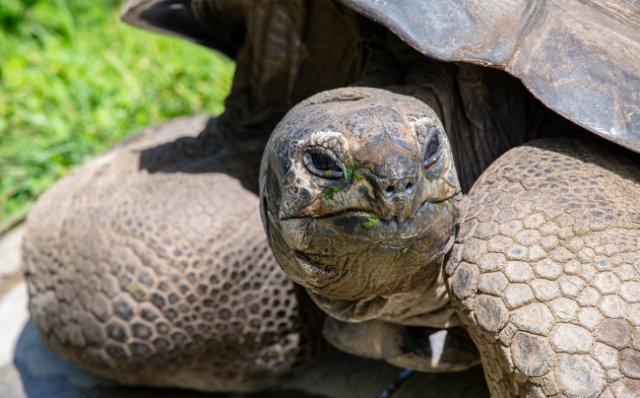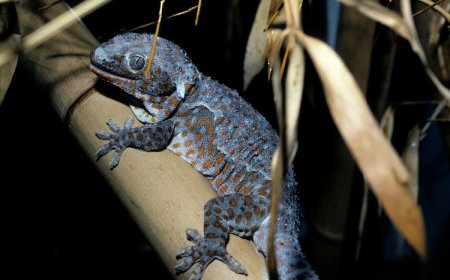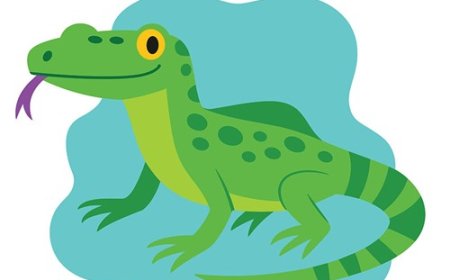Desert Tortoise Facts for Kids – Survivor of the Dry Lands
Learn how the desert tortoise thrives in hot, dry environments

Scientific Name and Classification
- Common Name: Desert tortoise
- Scientific Name: Gopherus agassizii (Mojave Desert tortoise) and Gopherus morafkai (Sonoran Desert tortoise)
- Kingdom: Animalia
- Phylum: Chordata
- Class: Reptilia
- Order: Testudines
- Family: Testudinidae
- Genus: Gopherus
- Species: G. agassizii / G. morafkai
🐢 Introduction
The desert tortoise is a land-dwelling reptile that thrives in the arid deserts of the southwestern United States and northern Mexico. Known for its slow movements and ability to survive extreme heat, this tortoise is a master of desert living.
🦎 Appearance
Desert tortoises have high-domed, brown to dark tan shells and sturdy, scaly legs adapted for digging. Adults typically grow 9–15 inches (23–38 cm) long and can weigh up to 15 pounds (6.8 kg).
🌍 Habitat
They live in the Mojave and Sonoran Deserts, inhabiting rocky hillsides, desert washes, and sandy flats. They dig burrows to escape extreme temperatures.
🍽 Diet
These tortoises are herbivores, feeding on grasses, wildflowers, cacti, and other desert plants. They get most of their water from the food they eat.
🔄 Life Cycle
Females lay 1–14 eggs in shallow nests. Hatchlings emerge after 90–120 days and are vulnerable to predators. Desert tortoises can live 50–80 years in the wild.
🐾 Behavior and Social Structure
They spend most of their lives in burrows to avoid heat and conserve water. Desert tortoises are generally solitary but share burrows in cooler months.
🛡 Conservation Status
The Mojave Desert tortoise is listed as threatened under the U.S. Endangered Species Act due to habitat loss, disease, and human activity.
🎭 Cultural Significance
In Nevada, the desert tortoise is the official state reptile and a symbol of the desert ecosystem’s resilience.
✨ Fun Facts
- Can survive up to a year without drinking water.
- Spends up to 95% of its life underground.
- Uses its front legs to dig burrows in hard desert soil.
- Can live for several decades in harsh desert conditions.
📌 Key Takeaways
- Land-dwelling tortoise native to North American deserts.
- Herbivore that gets water from plants.
- Uses burrows to escape heat.
- Long-lived and slow-moving.
- Threatened due to habitat loss.
🐾 Kid-Friendly Summary
The desert tortoise lives in hot deserts and hides in burrows to stay cool. It eats plants and can live for many years. It is slow but strong.
📚 Vocabulary Words
- Burrow – A hole or tunnel dug by an animal for shelter.
- Herbivore – An animal that eats only plants.
- Threatened – At risk of becoming endangered.
- Ecosystem – A community of living and nonliving things interacting together.
- Resilience – The ability to recover from difficult conditions.
- Arid – Very dry, with little rainfall.
- Endangered Species Act – A law that helps protect animals and plants at risk of extinction.
- Predator – An animal that hunts and eats other animals.
🧠 Interactive Quiz: Test Your Desert Tortoise Knowledge
- Where do desert tortoises live?
- A. Rainforest
- B. Mojave and Sonoran Deserts
- C. Arctic tundra
- D. Swamps
- What do desert tortoises eat?
- A. Meat
- B. Plants
- C. Fish
- D. Insects
- True or False: Desert tortoises spend most of their lives underground.
- True
- False
- How can desert tortoises survive without water for long periods?
- A. By eating plants that contain water
- B. By drinking seawater
- C. By storing water in their shells
- D. By hibernating
- What is threatening the Mojave Desert tortoise?
- A. Habitat loss and disease
- B. Too much rain
- C. Cold weather
- D. Overeating



















































